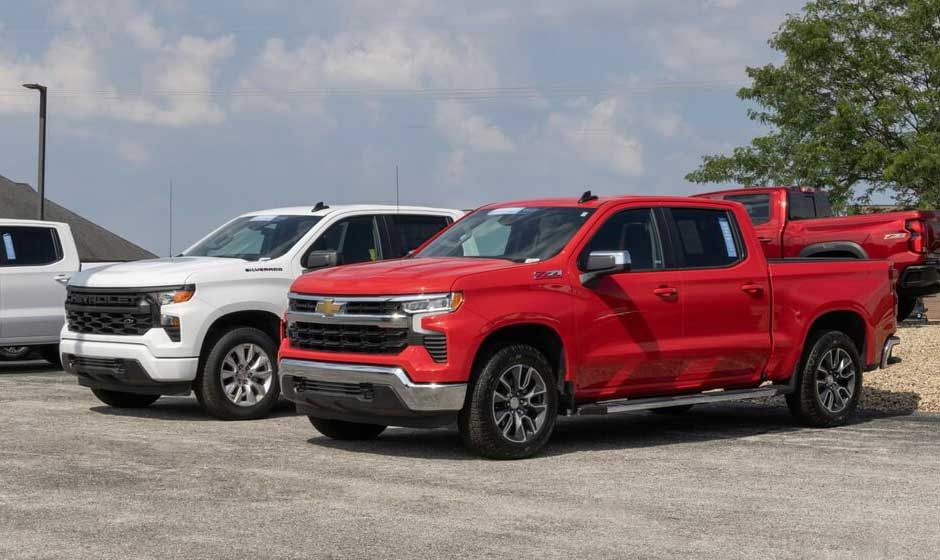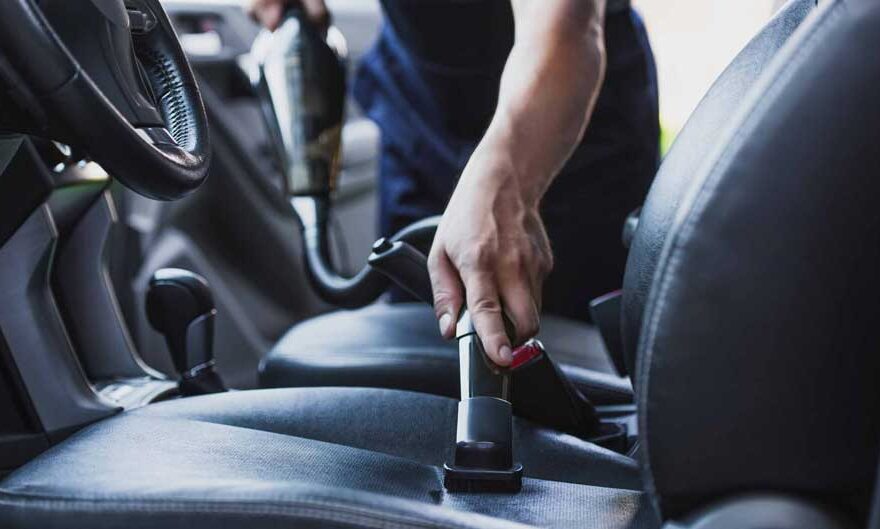How to Find the Best Used Cars for Your Budget and Lifestyle

Why Consider a Used Car?
Buying a used car continues to be a popular choice among value-driven shoppers. The most striking reason for this trend is the ability to avoid the hefty depreciation of every new vehicle purchase. According to Consumer Reports, when a new car is driven off the lot, it can decrease in value by as much as 20%. Further depreciation occurs over the next several years, but at a slower rate. Buying used allows someone else to absorb the most significant loss, leaving you with a lower up-front price and more value for your investment.
In addition to cost savings, the used car market presents buyers with a diverse inventory. People searching for used cars for sale in Harrisburg or any other area will notice options spanning nearly every make, model, and body style, offering flexibility to match your lifestyle needs. Whether you’re eyeing a fuel-sipping sedan for your daily commute or an SUV to accommodate a growing family, the pre-owned vehicle market makes these preferences achievable without a premium. Many late-model used vehicles also come equipped with modern safety features, technology packages, and solid reliability, dispelling the myth that only new cars can meet contemporary standards.
Setting Your Budget: Beyond the Sticker Price
Truly understanding your auto budget means looking beyond the bold figures on the windshield. The sticker price is only the starting point in the total cost of vehicle ownership. For example, insurance premiums can vary tremendously depending on the car’s age, category, safety features, and even your location. Research shows that newer cars—even pre-owned ones with more advanced safety technology—often result in lower premiums, but you’ll still want to get insurance quotes before purchasing.
Maintenance and repair costs should also be included in your calculations. While newer used vehicles tend to require less attention, older models or those with higher mileage may need more regular upkeep, such as timing belt replacements, new tires, or brake overhauls. Taxes and registration fees also go hand-in-hand with your purchase, and can sometimes catch people off guard. Meanwhile, fuel efficiency—highlighted by the U.S. Department of Energy as a significant factor in annual operating costs—will influence what you spend at the pump over the long term. To build the best financial game plan, create a budget considering visible and hidden expenses, ensuring you’re never left scrambling when unexpected costs arise.
Researching Models: Focus on Reliability and Value
Not every used vehicle is built—or aged—equally. The key to maximizing the value of your purchase is research. Reliability is often the most crucial deciding factor, as it dramatically affects the total cost of ownership over the lifespan of your vehicle. Rely on reputable sources such as J.D. Power, which uses car buying guides that aggregate ratings, reviews, and satisfaction scores based on detailed surveys of vehicle owners and automotive experts.
Additionally, identifying your top priorities—fuel economy, advanced safety systems, cargo capacity, or tech amenities—will help filter the most relevant choices from the extensive used car inventory. Make a personal checklist with your essential needs and nice-to-have features, then compare these preferences against owner reviews and reliability ratings for different models. This systematic approach enables you to shortlist options that match your lifestyle and offer long-term dependability, rather than simply settling for whatever is on sale nearby.
Understanding Vehicle History Reports
Every used car has a story, and it’s the buyer’s job to uncover every chapter before committing to a purchase. Vehicle history reports from providers like Carfax and AutoCheck provide insight into a car’s past, highlighting accidents, service history, title issues, or odometer rollbacks. This transparency is essential in choosing a vehicle that meets your expectations and avoids unnecessary surprises or safety concerns.
Reviewing a report will reveal if the vehicle has a salvage, rebuilt, or flood title, and the number of previous owners or recent repairs. A car that’s been through multiple accidents or frequent maintenance might become an ongoing headache, so clear history reports are a green flag. In contrast, any record of frequent title changes, unresolved recalls, or long lapses in scheduled service can point to problems lurking beneath the surface. These tools allow you to make an informed decision and add peace of mind to your investment.
How to Inspect and Test Drive a Used Car
A personal inspection and test drive can reveal potential issues that paperwork and photos often conceal. Start with a thorough vehicle walk-around: check for dents, rust, and mismatched paint that might indicate previous body repairs. Open and close all doors, the trunk, and the hood—paying attention to how easily they operate. Inspect the upholstery for tears or stains, and ensure all windows, locks, and dashboard functions work.
During the test drive, listen for abnormal sounds from the engine, brakes, or suspension system, and be alert to any odd vibrations or shudders. Check that the transmission shifts smoothly and the steering feels steady. Don’t rush—take enough time to get a genuine sense of how the car performs. For even more reassurance, arrange a pre-purchase inspection by a licensed mechanic. Their trained eyes can spot issues like worn suspension parts, fluid leaks, or subtle signs of structural damage that may otherwise go unseen.
Negotiating the Right Deal
The used car market allows—and often expects—buyers to negotiate. Preparation is crucial: Get an idea of the vehicle’s fair market value by researching similar listings with comparable mileage and condition through guides like Kelley Blue Book or Edmunds. Take detailed notes on the car’s strengths and any problems you observed during your inspection.
- Use competing listings as leverage if you find better-priced alternatives nearby.
- Highlight minor flaws, like worn tires or scheduled maintenance needs, to justify a lower offer.
- Be respectful and patient; most successful negotiations are built on courteous and steady back-and-forth.
Remember, you are in the strongest position when you are willing to walk away if the deal isn’t right. Often, this patience leads to finding a car that meets your criteria for price and quality.
Financing Options for Used Cars
Financing a used car usually involves slightly higher interest rates than financing a new model, but buyers can still secure competitive terms by comparing lenders. Financial institutions like banks, credit unions, and online lending platforms offer a range of options, often pre-approving shoppers based on their credit scores and employment history.
Getting pre-approved before visiting a dealership empowers you to negotiate more confidently and focus on the vehicle rather than monthly payments. Remember that the length of your loan also impacts your final cost—the shorter the term, the less interest you’ll pay, even if monthly installments are higher. Some financial experts recommend not extending auto loans beyond 60 months for used cars to maintain a healthy balance between cost and flexibility.
Planning for Ownership Costs
Responsible car ownership extends beyond the initial purchase. As any seasoned driver knows, routine maintenance is the backbone of keeping a vehicle reliable. Budget for everything from oil changes and filter replacements to major wear items like brakes and tires. Choose a model with a well-known track record of affordable repairs, and keep an emergency fund available for unexpected breakdowns that can catch even careful owners off guard.
The used car market is especially dynamic, so keeping tabs on current and upcoming trends is essential. Over time, factors like new car shortages, global supply chain disruptions, and evolving consumer preferences can shift prices substantially. Reviewing current used car price trends can help you anticipate future value and choose the best time to buy or sell while maximizing your investment.
Current Trends in the Used Car Market
The used car landscape has rapidly changed over the last few years. Limited new vehicle production, global chip shortages, and increased demand for personal transport have reduced inventory and increased prices. Despite this, the core benefits of choosing a pre-owned vehicle—affordability, variety, and slower depreciation—remain as relevant as ever.
To get ahead of changing market conditions, buyers should stay alert for news updates, learn from reliable buying guides, and remain flexible about the timing and types of vehicles under consideration. Shoppers who do their homework, keep their expectations realistic, and watch price trends are in the best position to secure a fair deal on a car that truly fits their budget and their way of life. With preparation and patience, ensuring a dependable and cost-effective used car remains achievable for drivers everywhere.


